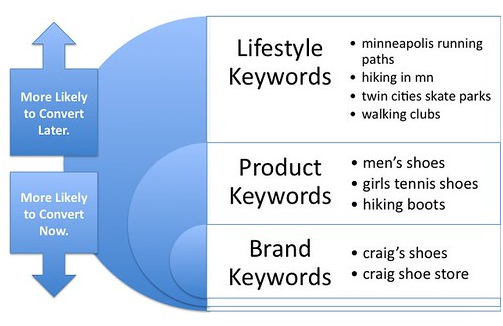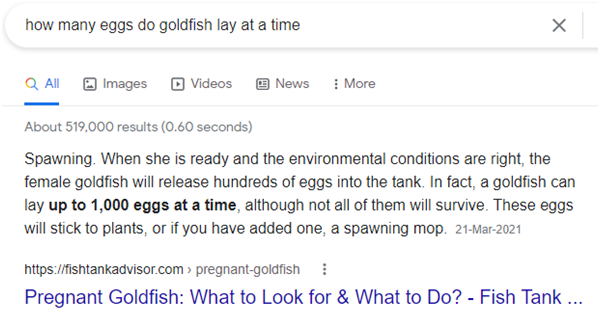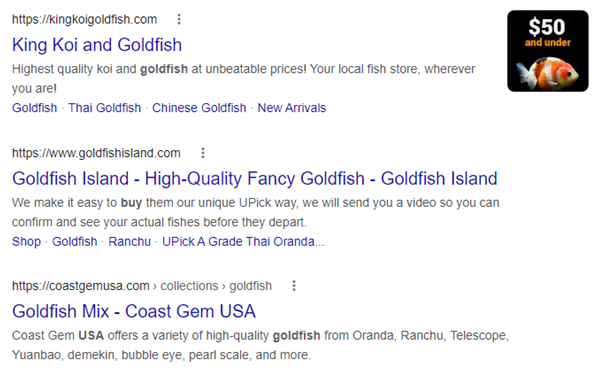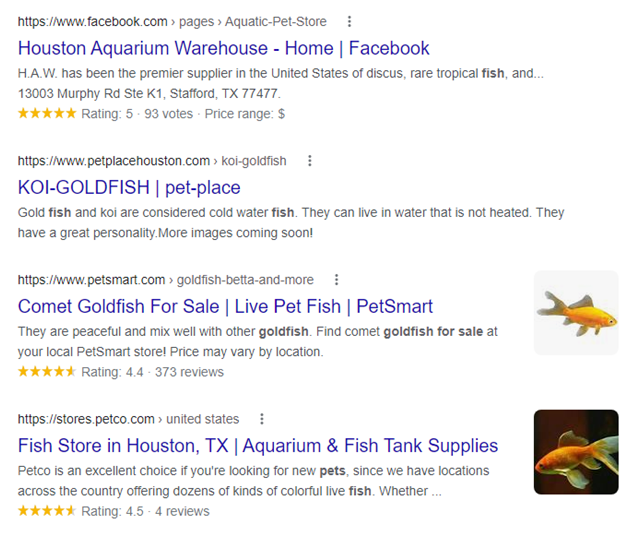SEO copywriting is integral to ensure that a company’s website appears higher on the Search Engine Results Pages [SERPs] and attracts more qualified leads to relevant pages with compelling write-ups that lead to higher conversions. Keeping up with SEO best practices might be challenging as search engines like Google and Yahoo are constantly evolving and changing their algorithms to make the fight to the top of SERPs fairer.
While there are several attributes of SEO that keep changing, web copywriters can make a significant impact in increasing a company’s web presence and clientele by focusing only on a select few SEO practices that are expected to last another century or so. This blog will walk you through all such evergreen SEO copywriting tips that can leave a lasting effect on a company’s overall online presence and help it outshine its competitors.
What Is SEO Copywriting?

Simply put, SEO copywriting combines search engine optimizations with highly intriguing and convincing marketing and advertising text on a company’s website.SEO copywriters are tasked with the job of optimizing a company’s content for search engines but also creating a lasting impact on the company’s target audience through best practices followed in both advertising and marketing.
Evergreen SEO Copywriting Tips
Now that we know what SEO copywriting is, it’s finally time to review some of the most advantageous SEO practices that will prove fruitful in offering long-term, positive results. Without further ado, let’s dive into the topic of the hour:
1. Match Keyword Intent with Content
Selecting keywords that a specific group of the target audience is searching for and incorporating it in the copy to reap the benefits is quite common amongst copywriting services companies. However, what most marketers and content creators fail to do is connect keyword intent with the content that they are producing.
It is crucial for SEO copywriters to understand how, when, and why their target audience is searching for the keywords that the company is trying to rank for on a SERP. For example, if their intent is to simply research a product, then perhaps a sales-heavy page would not be ideal for converting them. Similarly, an information-rich page would not suffice for customers who are ready to make their final purchase.
Knowing where the targeted audience lies within the purchase cycle can help marketers tailor their content accordingly and offer a customized experience for different sets of the target audience. Typically, customer intent is divided into three categories; informational, navigational, and commercial.

2. Focus on the Featured Snippets
The featured snippet typically appears at the top of the SERP when a specific search term or a question is entered into a search engine. Believe it or not, most online users looking for a search term on Google leave the SERPs without clicking on a single link. This means that more than half of internet browsers are content with the information they receive through the featured snippets at the top of the SERP.
These snippets typically answer a question and present relevant information in 4 to 5 short sentences. For example,the example below shows how the copywriter has presented a short answer to the primary question,”how many eggs do goldfish lay at a time” and readers who want more information regarding this topic can simply click on the link.
However, it’s vital to note that the featured snippet is more about creating brand awareness and image rather than about attracting higher levels of traffic to the website. To have a part of your post featured, you can focus on question-like search queries and add a brief answer directly answering the question.

3. Optimize Meta Tags
Search engines, such as Google, have predetermined lengths and variations of meta tags. It’s essential for SEO copywriters to optimize the meta tags when doing SEO copywriting and double-check that all tags adhere to the policies of the search engine where you want to rank higher.
Additionally, meta tags, such as the headers and the description box, should also incorporate the keyword that you want to rank for. This will ensure that the content is not flagged by the search engine and has a fair chance of appearing on the SERPs. For example, your header should not be more than 60 characters, and the meta description should be 155 to 160 characters in order to pass Google’s requirements.
On the SERP, the title is what appears first for each web page, followed by the meta description, both containing the targeted keyword. Take a look at the screenshot below to spot the title and description of the different web pages:

4. Don’t Forget to Add Ancillary Keywords
While the primary keyword is of utmost importance and the whole article can be optimized around the targeted keyword, that’s not to say that you can’t focus on other relevant keywords on the same web copy. However, when adding ancillary keywords, one must remember to make them relevant to the topic and theme of the content so thatyou can target a larger yet relevant audience to the content.
You might come across a web page that’s appearing on the SERP for several search terms or keywords. A good way to find out how many keywords a web copy has integrated into it is by clicking on related searches at the bottom of the SERP and pinpointing the web pages that are appearingfor other related search queries.
5. Add Geotargeting Where You Can
Keywords linked with a geographical location are essential in ensuring your web content is reaching the right set of customers at the right time and location. This is specifically useful for small-medium enterprises that are working as local companies, offering their products or services to a specific target audience in a certain geographical location.
Take a look at the picture below to understand the different ways in which companies link their keywords to the specific location they’re operating from.

6. Link to Other Authentic Websites
It is common SEO copywriting practice to include internal links to the web content in order to direct the customers to a specific landing page or service area page, depending on what they require and their search intent. However, adding external links to the content is equally important. While you’re here, learning about evergreen SEO copywriting tips, you might want to know more about the subject, or there might be some technical jargon that you might need to know the meaning of.
Links to other authoritative websites help companies build a trustworthy and thought leadership image while also making the search engine algorithms happy. Additionally, it will also help you build an excellent rapport with the target audience as you make it easier for them to expand their knowledge and continue their research further if needed. It will be highly beneficial to link the page to the same keyword it’s using for its SERP ranking, granted it isn’t clashing with your company’s targeted keywords.
Adding other websites’ links to your own web content would also welcome the possibility of the linked websites later linking back to your web content in their future publishes. Garnering authoritative backlinks is vital for SEO, and what better way to do it than to offer the same help to other websites?
7. Review Competitors’ Web Content

If you want to get an idea of how well your competition is doing and which SEO practices they’re integrating into their web content, you can conduct a survey or use online tools to evaluate what’s bringing in more traffic and conversions for your biggest competitors in the market.
Let their successes and failures serve as a sample of what to do and what to steer clear of for your content copies. In addition to this, it’ll also prove beneficial to add a compelling CTA directing the readers to a specific action based on their search intent and placing it strategically so that it’s hard to miss.
8. Create Well-Organized, Easy-to-Read Content
Sometimes, even the best SEO practices can lead to no change in page visits or the number of conversions in a day. One of the biggest factors to evaluate if you’re facing such issues is the content structure. Is your content well-organized with H2 and H3 headers and an easy-to-read flow? If not, it’s time to focus on this very crucial aspect of copywriting.
It is also pertinent to note that the content and the relevant web pages should also be optimized for several device types, including mobiles, laptops, and smart TVs. The customer’s overall experience and the interface can be a deal maker or breaker on a much more significant scale than you think.
Concluding Thoughts
There are plenty more SEO copywriting tips where these came from! If you’re running a company and want to focus on your business’s core operations, leave the SEO work to us. Content Development Pros offers Premium Web Copywriting Services, which include SEO optimizations for web content, service pages, and landing pages. You can choose from 3 different packages or place a custom order from our website or by getting in touch with our team at (877) 897-1725. Avail our flawless and hassle-free website copywriting services now!
